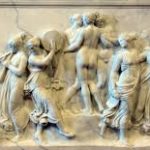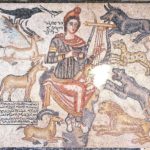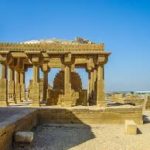Ancient Roman Jobs, Occupations, Farming, Religious Workers:
Ancient Roman Jobs
Farming
Farming jobs were necessary to feed the Roman people. The Ancient Roman Jobs were similar to those required in modern-day farms such as planting, sowing, reaping, and harvesting. There were also the jobs associated with mills and granaries.
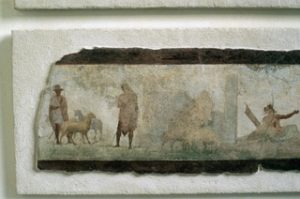
Much of the grain was imported from different parts of the Empire notably Egypt. The workers and slaves in the rural communities were essential to the life of the towns. Dairy farming was also very important from the day to day purposes.
Religious
Priests were expected to conduct many religious ceremonies, which included animal sacrifices.
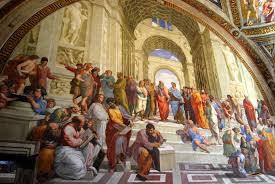
Predictions of the future were made by studying the entrails of animals. Important roles in the priesthood could only be assumed by Patricians.
Roles and jobs in the priesthood included:
The Augurs who were priests who interpreted the will of the gods by studying the flight of the birds which was known as “taking the auspices”;
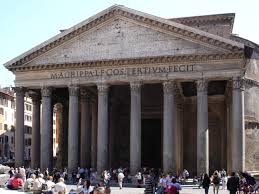
A flame was a priest assigned to a state-supported god or goddess in Roman religion; Haruspex was a man trained to practice a form of divination involving the inspection of the entrails of sacrificed animals, Vestal Virgins were the virgin female priests of Vesta, the goddess of the hearth who maintained the sacred fire of Vesta.
Thus priests were the religious head of the ancient Roman Republic and performed various religious ceremonies and animal sacrifices.
Trades
The tradesmen of Ancient Rome included jobs for blacksmiths, weapon and shield makers, toolmakers, expert builders, barbers and hairdressers and weapon makers.
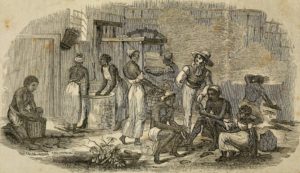
Merchants
The role of merchants increased with the size of the Roman Empire and the number of goods that they were able to import.
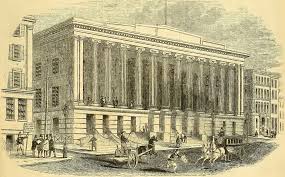
There were many important trade centers, one of which was Capua which was near to Rome and where the rich went on shopping expeditions. Other merchants included bakers, fishmongers and butchers and other food vendors.
Construction Workers
Many slaves were used to undertaking the hard menial labor but skilled Romans such as engineers and architects were necessary to build and maintain the aqueducts, temples, basilicas, villas, and houses in Rome and the provinces. The history of ancient Rome witnesses a spectacular style of architecture.
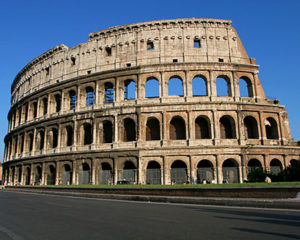
There were construction workers for building temples, aqueducts, villas, public baths, etc. Mainly slaves were employed to undertake the menial labor but skilled Romans were engineers and architects.
